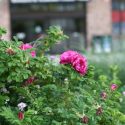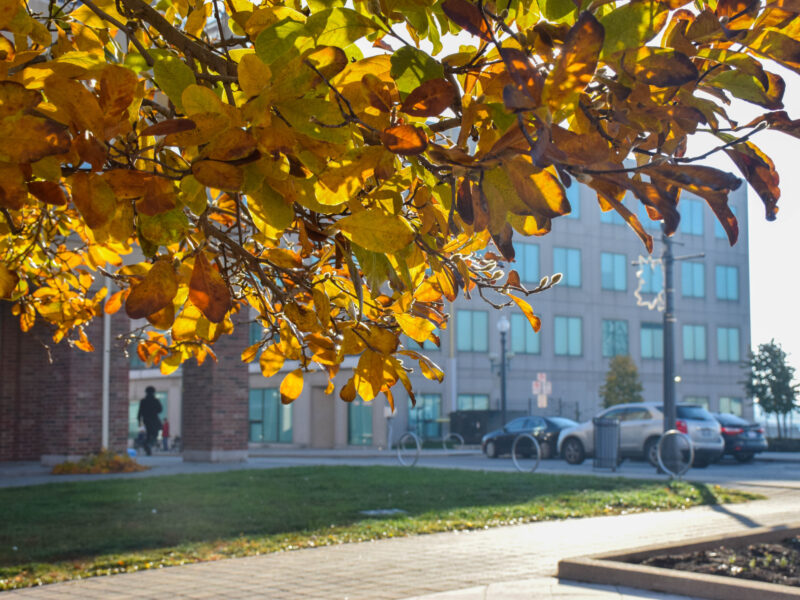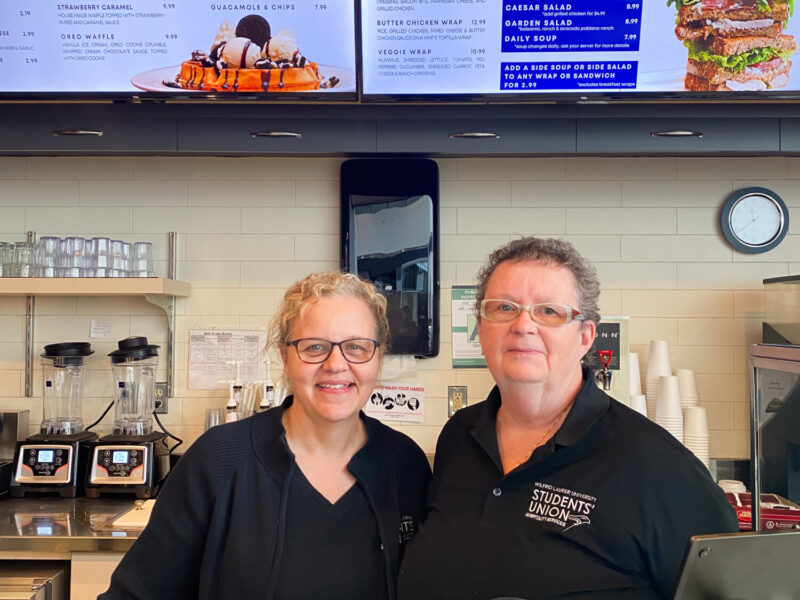Whether you think global warming is true or not, Wilfrid Laurier University is taking action to have less of an impact on the environment.
Laurier’s sustainable energy management initiative is the plan the university set out to cause lesser harm on the environment. The goal was to reduce green house gas (GHG) emissions by 15 per cent between by 2015. In Laurier’s Sustainability Report 2015, the university reduce GHG by 17.8 per cent. Living walls, sensor lights, and LED lighting are just some of the simple ways that contributes to lower energy consumption.
“A lot of the projects we are selecting out of this program can potentially take 15 to 20 years to pay back,” said Robert McCallum, the project manager.
Phase 1 of the project cost Laurier five million dollars in creating. With the expectation that energy and other resources costs will rise in the future, this initiative will pay for itself in the future. There is a plan in place to keep this initiative a small expense for Laurier. A payback agreement through Energy Service Company (ESCO), Johnston Controls Inc., will allow Laurier to pay for the upgrades through the savings.
“There are immediate environmental benefits, benefits to sustainability,” said McCallum.
Laurier’s Sustainability Office is reviewing on a new sustainability master plan for 2017. The master plans include improvements and/or upgrades in the environment, transportation, construction, and suitability in both campuses.
The Waterloo campus has seen more upgrades compared to the Brantford campus. Phase 1 included Brantford’s Grand River Hall with upgrades in the electrical and mechanical systems. In Waterloo, the Bricker residence and the library will have the same upgrades, but with solar panels added. All upgrades occur during the summer to avoid the inconvenience for student’s studies.
The university has added features that encourage students to utilize the sustainable efforts campus. In Branford, the Expositor residence has indoor bicycle racks that students and faculty can use for a small fee, and free outdoor bicycle racks throughout campus. The living wall in RCW and the garden located in the courtyard are features that contribute to sustaining the environment. Both campuses offer courses for students to learn about suitability in an economic, cultural, and environmental perspective.
“I think this will continue to evolve, and to be a continuous improvement process,” said McCallum.
Laurier in Waterloo has more environmentally friendly features for students, including a bike share for students and other community members who don’t have access to a bike. Laurier’s plans to create a sustainable campus will take some time, but the long term benefits will be worth it.




